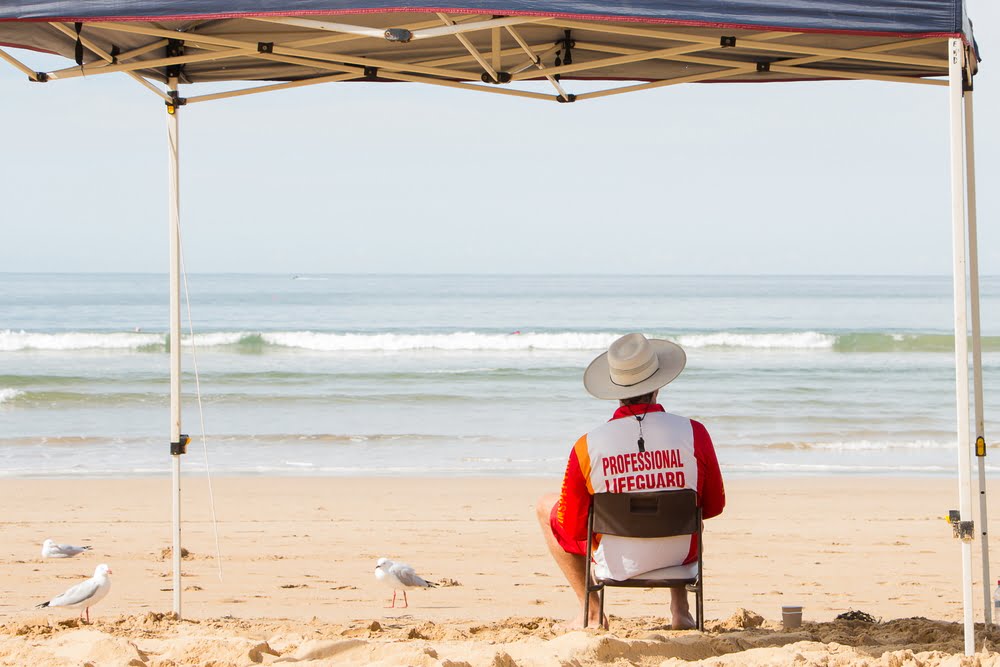Drone technology has always been intriguing to industry experts and enthusiasts alike. In fact, it seems the idea of using drones in the real world may finally become a lot more appealing in the near future. Over in Australia, two lifeguards have successfully used a drone to rescue two swimmers. It is widely considered to be the world’s first success for this specific technology. It is good to see drones get some positive attention, as most of the media headlines are always rather negative.
Drone to the Rescue in Australia
When someone starts a discussion on drones, the conversation will eventually turn to mass surveillance at some point. That is not entirely surprising, as most people consider drones to be flying devices with cameras mounted at the bottom. Capturing and recording real-time pictures and videos have become a major appeal as far as these devices are concerned, even though they are also considered to be rather privacy-invasive by the average consumer. It’s not all bad when it comes to drones conducting surveillance, though.
In Australia, for example, two young swimmers were recently rescued by a drone. That’s not because the drone hoisted them out of the water, mind you, but the flying device played a critical role in the operation. Two teenagers were seemingly struggling with the current at Lennox Head Beach in New South Wales. After a passerby alerted the lifeguards, they deployed a Westpac Little Ripper Lifesaver drone, which comes with an inflatable float for swimmers to cling to. No one ever hopes to have to deploy this technology in a life-or-death situation, but the proof is in the pudding.
Thanks to the quick deployment of this float, the two boys were able to be rescued by the lifeguards. In fact, both children managed to swim back to shore with the help of this float, which just goes to show how valuable this technology can be. Both youngsters were extremely exhausted but suffered no injuries, other than getting a good scare. It is good to see the Westpac Little Ripper Lifesaver drones making positive headlines in this regard.
Sources claim this was a “world first” rescue operation carried out by a drone. Whether that is entirely true may be subject to debate. Regardless, no one can deny that the drone was a key player in ensuring both swimmers made it out of the water alive. It was able to deploy the float far quicker than lifeguards would have been able to reach the swimmers. From that perspective alone, the technology clearly works as advertised. We can only hope it doesn’t have to be deployed too often in the future.
Considering that death by drowning is still a very real problem in Australia, these drones can be pivotal in saving more human lives. Australia is a notorious place when it comes to swimming incidents, mainly because people tend to swim outside of the designated areas. When that happens, it only takes one strong current to tug them away from the beach. Swimming against the tide is a very difficult endeavor, even for trained athletes. If such swimmers are not rescued quickly, they will eventually drown. A total of 291 people lost their lives due to drowning between July 2016 and July 2017.
For the time being, Westpac’s parent company has not issued any official comments on this incident. It is evident the Little Ripper Lifesaver is an interesting piece of technology which may make a big impact on a global basis. We can only hope to see drones make more positive headlines in this regard. Technology can be useful when it is deployed correctly, rather than used for mass surveillance or political agendas.

